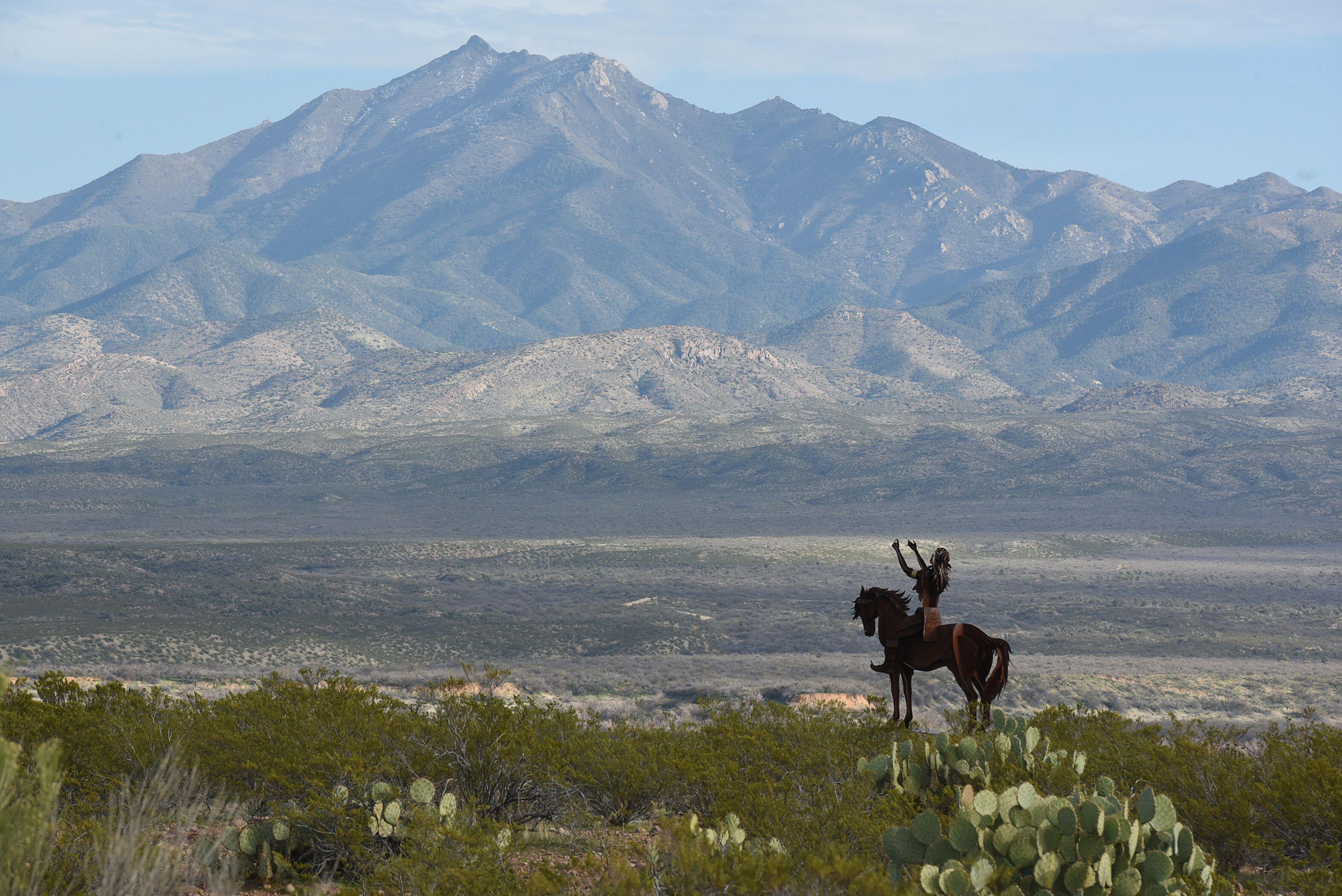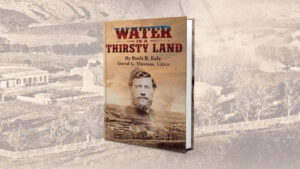About 60 miles east of Phoenix lies Oak Flat, a landscape of basins covered in tall grass, shrubbery, and boulders. Jagged cliffs rim the horizon.
The land holds ceremonial importance to the Zuni, Yavapai, O’odham, and Hopi tribes, and is considered sacred to the San Carlos Apache Tribe.
It is also home to one of the largest untapped copper deposits in North America, reports the Washington Post. Resolution Copper, a company controlled by two foreign mining giants, has already poured two billion dollars-worth of infrastructure into mining the land.
The proposed plan is projected to satisfy 25 percent of America’s copper demand, according to NBC News, and is necessary “for such green energy technologies as wind turbines, solar panels and electric cars.”
This month a House Natural Resources subcommittee is holding hearings on the fate of Oak Flat — and the San Carlos Apache Tribe has come to fight.
“This is where we came from,” Wendsler Nosie, the former chairman of the San Carlos Apache Tribe, told the Post. “It’s the beginning of our being, our identity. Oak Flat is where the Creator made us and gave us this land. This is the centerpiece that makes up everything that we are.”
In one of several lawsuits filed on behalf of tribe, the Apaches assert that their ancestors have “lived, worshiped on, and cared for Oak Flat” and its surrounding lands “since time immemorial.”
“I call Oak Flat the Sistine Chapel of Apache religion,” Terry Rambler, chairman of the San Carlos Apache Tribe, testified before federal officials.
A history of broken promises, treaties, and trust remains centerfold in the fight to save Oak Flat.
“Native Americans have heard a lot of thoughts and prayers that get broken,” Luke W. Goodrich, a lawyer for the Apache Stronghold, a nonprofit organization run by Nosie that sued to try to stop mining at Oak Flat, told the Post. “Congress and the federal government have repeatedly failed Native Americans. Courts are often the only option.”
Oak Flat has been protected under federal law since 1955 after President Dwight D. Eisenhower decreed the land off-limits to mining. According to NBC News, the Nixon administration upheld the ban “but it added a loophole that allowed for the area to be mined if it was traded to private interests.”
Protection of the land further eroded in December of 2014 when senators John McCain and Jeff Flake (Az.) slipped a rider into a defense spending bill at the last minute.
In an op-ed, McCain cited that the project would generate jobs and help the local economy. The bill itself transferred 2,400 acres of national forestland, including Oak Flat, to the Resolution Copper company in exchange for 5,300 acres of private land owned by Resolution.
The 2014 move stunned members of the San Carlos Apache tribe.
Oak Flat and its surrounding area is believed by the Apache to have been blessed by Usen, their Creator. Usen “made Oak Flat as a blessed place where Ga’an, who are considered the messengers or guardians, live,” writes the Post. “The Ga’an protect the Apache and are the ‘buffer between heaven and Earth.’”
Held sacred among the tribe, Oak Flat is revered to be the place in which bands of Apaches are said to have hidden among the rough terrain from white invaders. Sometime in the 1870s, one spot among the Oak Flat bluffs became part of the Apache lore. Pushed to the edge of a cliff by U.S. cavalry, Apache warriors chose death over surrendering, diving off the escarpment in what is now known as the “Apache Leap.”
The Apache Stronghold’s lawsuit in the U.S. Court of Appeals cites the
Treaty of Santa Fe in 1852, signed between Chief Mangas Coloradas and the U.S. government, in which the U.S. promised to “designate, settle, and adjust their territorial boundaries” and “pass and execute [laws] conducive to the prosperity and happiness of said Indians.”
The treaty was not honored nor were the boundaries of Apache land ever set, according to the lawsuit.
Throughout the 19th century the federal government employed its Indian removal policies to force thousands of Native Americans from their ancestral lands. “By 1874” writes the Post, “the U.S. government had forced approximately 4,000 Apaches onto the San Carlos Reservation.”
Dubbed “Hell’s 40 Acres” by the reservation’s earliest settlers due to the harsh and barren landscape, the American government effectively sought to strip the Apaches’ of their way of life.
“Renegade” warriors, most famously Geronimo, continued to wage battle against the U.S. military — a longstanding fight that even predated the birth of the American nation. However, Geronimo’s surrender to Brigadier General Nelson A. Miles in 1886 signaled the end of Apache warfare, although legal battles still rage on today.
“Our cultural identity is being stripped away from us,” Naelyn Pike, a San Carlos Apache tribal member, told NBC. “No tree can live without its roots. And we’re that tree.”
Resolution Copper contends that the company is actively working with tribal members and their concerns, stating that it has already modified its mining plans to leave Apache Leap and hundreds of other special areas untouched.
Many within the San Carlos Apache Tribe remain unmoved — viewing their current fight as a continuation of their ancestors’ struggles.
“The attitude of [the] extractive industry [is] get in, get rich, get out,” writes artist Lauren Redniss in her book Oak Flat: A Fight for Sacred Land in the American West.
“Contested copper under Oak Flat…is older than the earth itself. A mine [there] would operate for about 40 years.”





